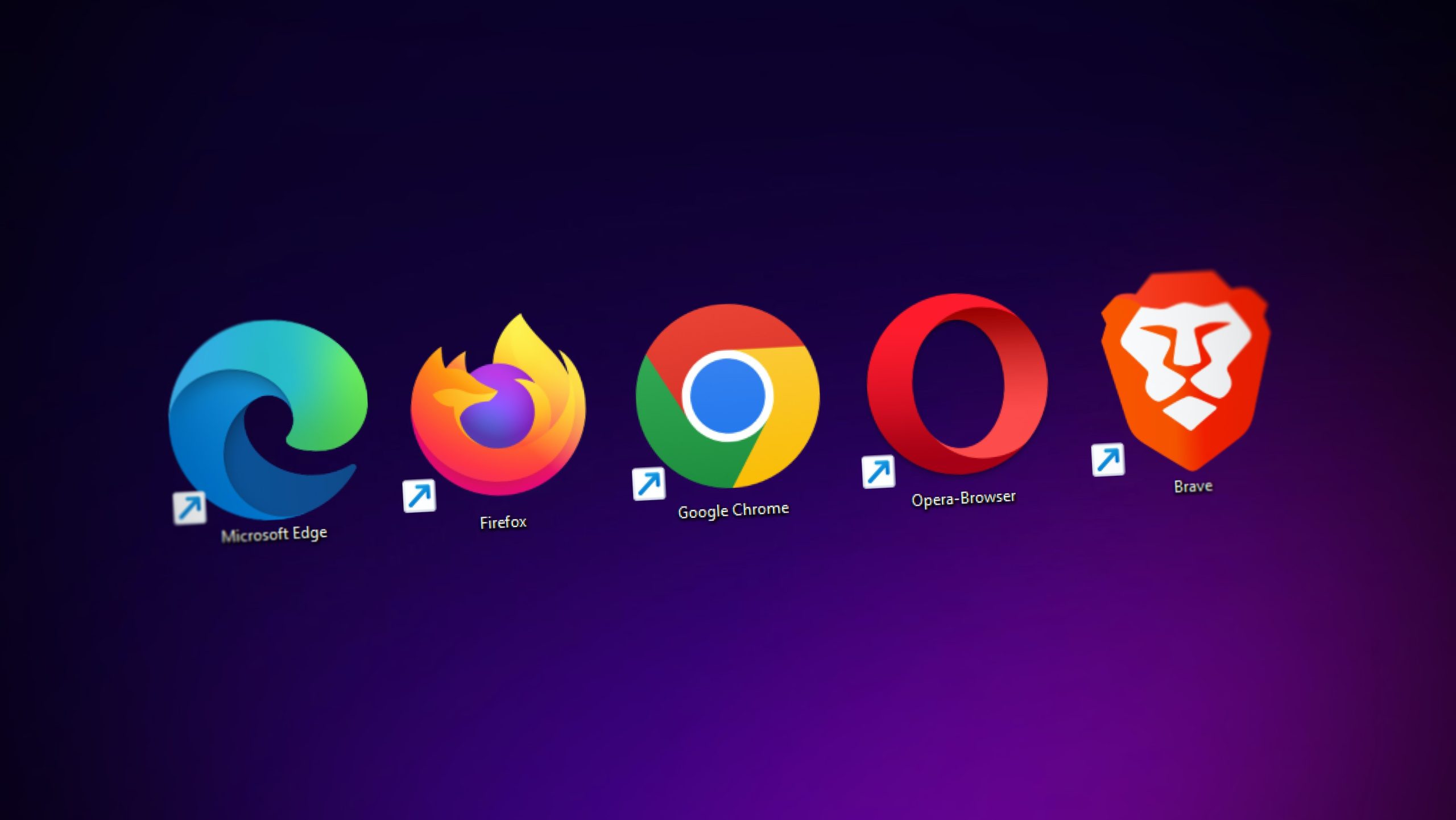
In the realm of web development, the process is streamlined to cater specifically to creating and managing websites and web applications. In this more focused overview, we’ll delve into the crucial aspects of web development, spanning code types, best practices, CI/CD, the significance of AWS (Amazon Web Services), JavaScript libraries, and the role of .NET Core in web development.
The World of Web Development
Web development encompasses a range of technologies and practices to create and maintain websites and web applications, often consisting of two primary components:
- Front-End Development: This involves designing and building the user interface and ensuring a seamless user experience. Key technologies for front-end development include HTML, CSS, and JavaScript.
- Back-End Development: Back-end developers focus on the server-side logic, database management, and other server-related tasks. They typically use languages such as Python, Ruby, PHP, Java, and .NET Core.

Best Practices for Web Development
Web development adheres to best practices to ensure efficiency, maintainability, and security:
- Responsive Design: Websites and web applications should be designed to adapt to various screen sizes and devices, providing a consistent user experience.
- Performance Optimization: Optimizing code, images, and assets is critical for fast load times and a better user experience.
- Cross-Browser Compatibility: Ensuring that websites function consistently across different web browsers is crucial for reaching a broad audience.
- Search Engine Optimization (SEO): Implementing SEO best practices improves a site’s visibility on search engines and increases organic traffic.
- Security: Implementing security measures, such as data encryption and input validation, is essential to protect against vulnerabilities and cyber threats.
- Content Management: Using content management systems (CMS) like WordPress or Drupal can simplify website content updates and management.

CI/CD in Web Development
Continuous Integration and Continuous Deployment (CI/CD) practices are integral to modern web development:
- Continuous Integration (CI): CI involves frequently merging code changes into a shared repository. Automated testing is performed to catch integration issues early, fostering collaboration and code quality.
- Continuous Deployment (CD): CD takes CI further by automating the deployment of code changes to production servers after successful testing. This expedites feature delivery and bug fixes.
Leveraging AWS in Web Development
Amazon Web Services (AWS) offers a suite of cloud services that can greatly benefit web development:
- Scalable Hosting: AWS provides Elastic Compute Cloud (EC2) instances that allow you to scale web applications up or down as needed.
- Storage Solutions: Simple Storage Service (S3) offers scalable and secure object storage for hosting web assets, while Amazon RDS offers managed relational databases for dynamic web applications.
- Content Delivery: AWS offers Content Delivery Network (CDN) services like Amazon CloudFront to accelerate content delivery and reduce latency for users.
- Security: AWS Identity and Access Management (IAM), security groups, and encryption services help secure web applications and data.
- Serverless Computing: AWS Lambda allows running code without managing servers, making it suitable for event-driven web applications.

JavaScript Libraries in Web Development
JavaScript libraries and frameworks enhance web development capabilities:
- React: A popular library for building user interfaces with a component-based approach. It enables efficient updates to the Document Object Model (DOM) and offers a robust ecosystem.
- Angular: A comprehensive framework for building web applications with a Model-View-Controller (MVC) structure, including routing, forms, and other features.
- Vue.js: A progressive framework known for simplicity and adaptability, suitable for diverse use cases.
- jQuery: While less popular in modern development, jQuery simplifies DOM manipulation, event handling, and AJAX requests.
- Backbone.js: A lightweight framework for adding structure to client-side applications.
- D3.js: A data visualization library used for creating interactive graphics and charts.
.NET Core in Web Development
.NET Core, now known as .NET 5 and later, plays a crucial role in web development:
- Cross-Platform Compatibility: .NET Core enables the creation of web applications that run on various platforms, including Windows, Linux, and macOS.
- High Performance: It offers high-speed performance, making it suitable for web applications with demanding workloads.
- Modular Structure: The framework’s modular design allows developers to include only the components they need, reducing the application’s footprint.
- Large Community and Ecosystem: .NET has a thriving developer community and an extensive ecosystem of libraries and tools for web development.
- Unified Development: .NET 5 and later unify .NET Core, .NET Framework, and Xamarin into a single platform, simplifying web development across different application types.

In the world of web development, focusing on these core areas – from choosing the right code types and adhering to best practices, to embracing CI/CD, leveraging AWS, selecting JavaScript libraries, and utilizing .NET Core – is paramount for building robust, scalable, and secure web applications. By understanding the nuances of these components, web developers can create engaging and responsive web experiences that cater to the needs of today’s digital audience.

Insights & Strategy
Strategy is a forward-looking plan for your brand’s behaviour.

Content
Content helps your company to have unique communication.

Experience Design
UI/UX design gives the appearance above your brand’s behaviour.

Advertising & Scale
Advertising and scale help to have a unique plan for your brand’s life.








